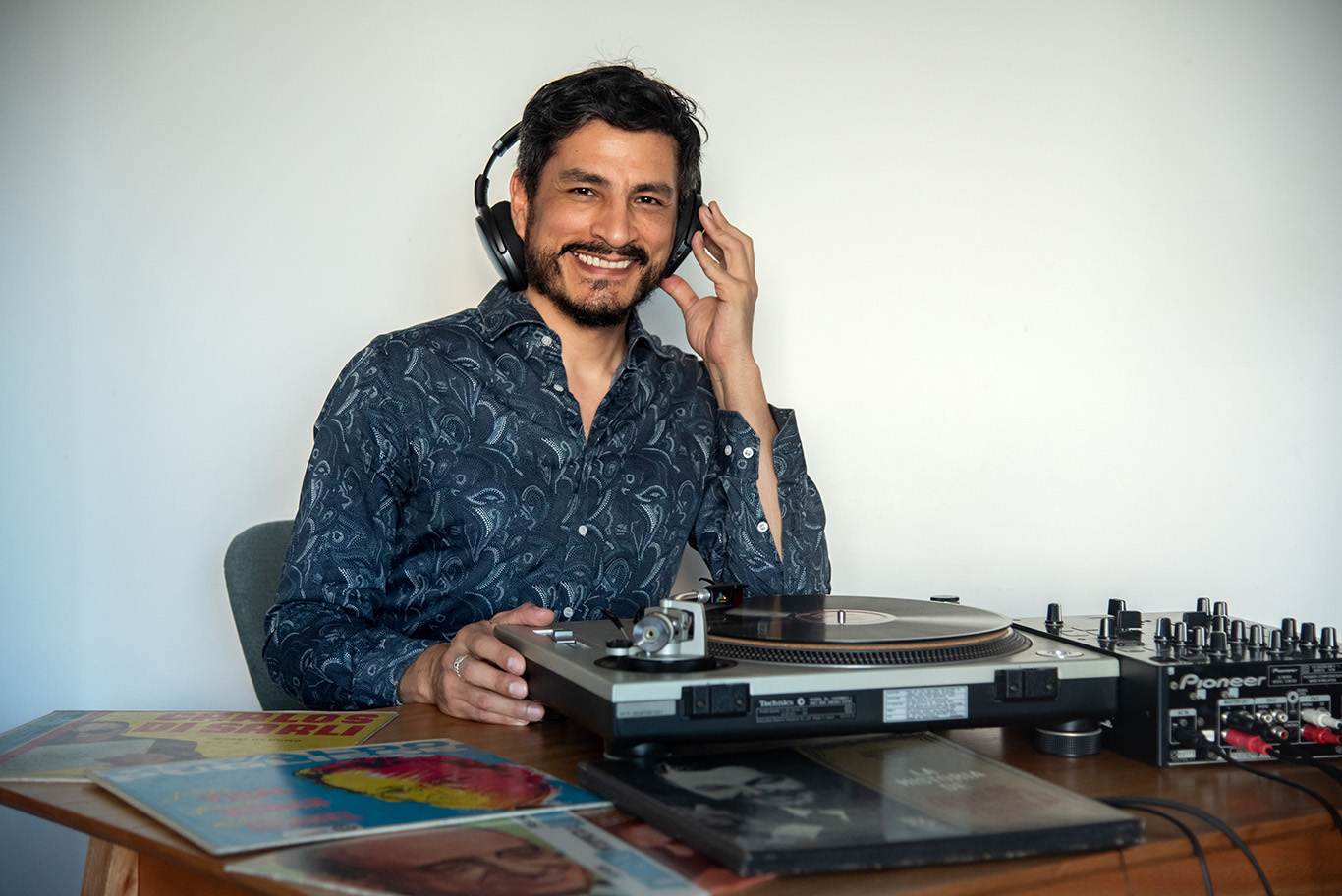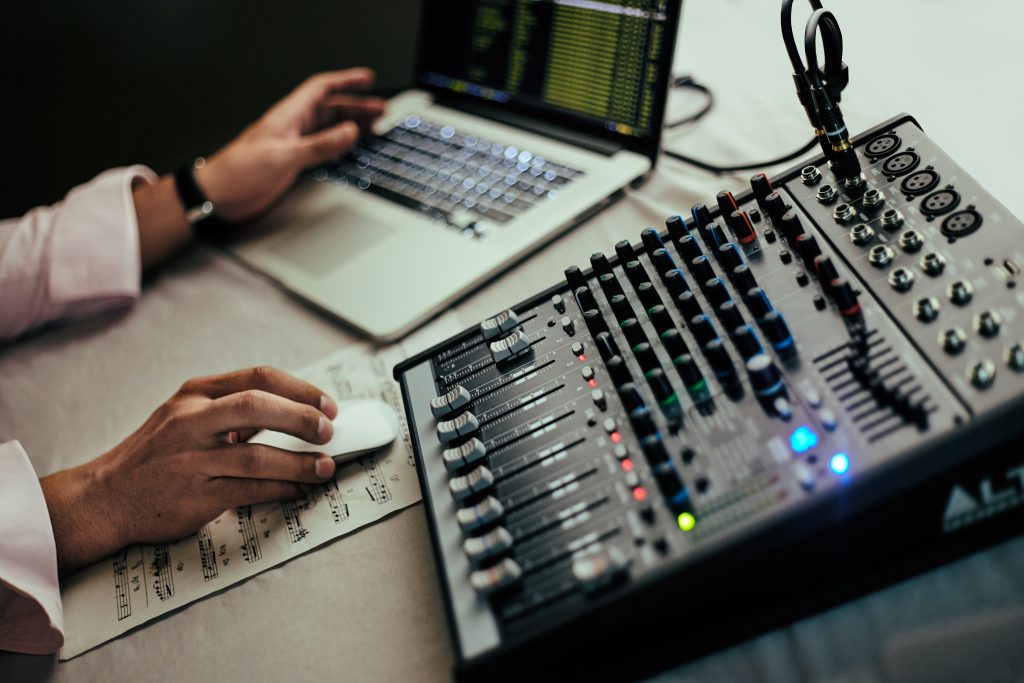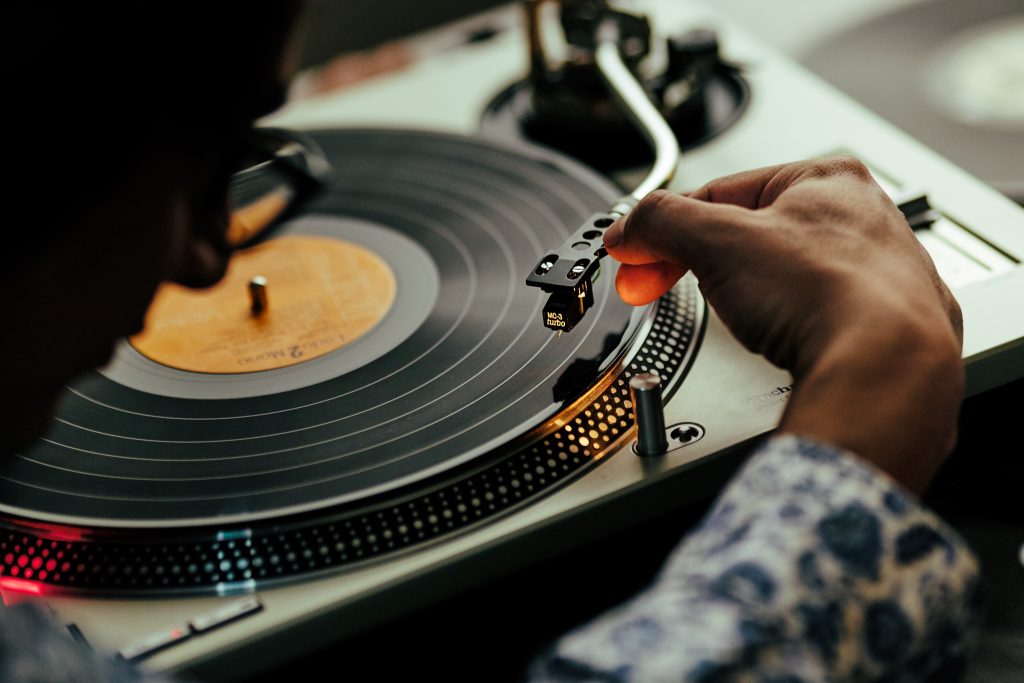A Resident Tanguero in Buenos Aires, ARGENTINA

In 1995, a Carlos Gardel CD arrived at my house as part of a magazine promotion that weekly offered a free CD of a famous artist with each edition. This was the first contact I can remember having with tango. His voice and music immediately settled in my heart; in other words, it was “love at first listen.” I’m from Colombia, where a great tradition of listening to tango began when Gardel tragically died on our soil. The seed was planted.
I progressively became more and more interested in tango, getting what I could from friends who had original Argentine music records and CDs. In the 90s, it wasn’t easy to find tango, especially since the people I knew were more into rock than anything else. But one day in 2004, I entered a tango bar in Bogotá. The neon lights in the window read “Cafetín de Buenos Aires” and “TANGO.” This lovely place became my temple for many years. There, I learned a lot about the orchestras, singers, musicians, poets, and the history of the genre. In this place, I also gained access to more music and met great tango enthusiasts who kindly shared their knowledge with me.
One day in 2013, I left Colombia. After a period away from tango while settling in Australia, I started to miss those places where I enjoyed sharing this beautiful urban music. I took the plunge and began taking classes, embarking on a long dancing journey that came hand-in-hand with something I didn’t expect: becoming a tango DJ (musicalizador). The knowledge accumulated over years of listening was a great strength for diving into those unknown waters. In 2011, I started collecting tango vinyl records, about 20 of which I brought to Melbourne. These were the first records I used to make people dance while far from my homeland. Something wonderful was happening; I was getting paid to play the music I love.
Over time, I made great friends in the Australian milonga scene, and little by little, tango transformed into my life’s purpose. After some changes, I moved to Buenos Aires in 2018, where I am now part of this great machine that is our Tango community. Here, I create tandas that send people home happy after embracing each other and dancing all night.
I’m still trying to understand what tango is. For me, it’s a great emotional expression of the people of the Río de la Plata, especially Buenos Aires, during those times when many cultures amalgamated as Argentina was a land of hope for immigrants at the end of the 19th and beginning of the 20th centuries. Tango is a historical document that one can dance.
Digital DJing
Another beautiful way to create magic at the milonga is through digital DJing, where I use high-resolution files that I’ve digitized from my collection of vinyl and shellac records. This method of musicalización also demands a lot of attention to sound quality in the milonga, as many tango recordings have different levels in their low, mid, and high frequencies. Although I always prefer pure analog sound, I believe that advances in digital audio now allow us to have better versions of the music we’ve danced to for years.
The most important thing for me is always to be able to offer the best possible sound. This method is a practical option with great advantages, as high-resolution files contain much more sonic information that is undoubtedly noticeable when it comes to making milongueros happy.


Vinyl DJing
I’ve been crafting tandas on the fly for 9 years using my vinyl collection, which has been growing since 2011. My collection mostly consists of Argentine pressings from the 1960s onwards; I also have some records from Colombia and several gems pressed in Japan. I generally use two mixers to enhance equalization, along with monophonic and stereophonic styluses as needed for the medium.
My goal is to give milonga dancers the best possible sound experience, and in this case, I believe that well-selected analog sources are unbeatable.